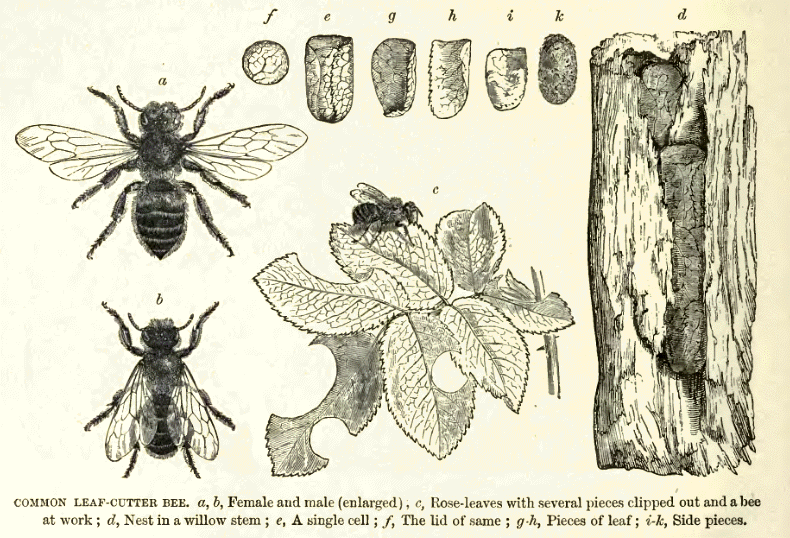Colin Gray writes:
The Southern Wood Ant (Formica rufa), and pictured above and below, is a very dominant species along the eastern side of the pond, from the lower footpath right through to the DE woodlands around the car park.
Nests of the southern wood ant are usually located along woodland rides and clearings where they can intercept the spring and early summer sunshine. This isolation appears to be critical to initiating colony activity and brood development after winter. Nests will also encroach from woodland onto more open heath and scrub. Each nest may contain over 100,000 workers, several queens and, from May to July, winged gynes and males. Different nests can be interlinked by trails to form huge colonies.
The workers also form long trails to trees bearing honeydew-producing Homoptera, which they tend. They will also scavenge and take invertebrate prey. Honeydew forms a key component of their diet and the presence of suitable trees and Homoptera may be a limiting factor on populations. The southern wood ant is found across the Palaearctic from southern Europe and the Caucasus to approximately 63 degrees north.

The southern wood ant is a conspicuous ant of southern British woodlands with large aggressive workers and a prominent nest mound. As such it is relatively well recorded and studied. Populations occur locally in Wales and England as far north as Cumbria and Northumberland. It is, however, most common in southern England, particularly in south Devon, south Dorset, Hampshire, Berkshire, Surrey, Sussex and Kent. Suitable woodlands in such areas may support strong, and even increasing, populations of the species. However, there is also evidence of a contraction of its range, particularly in northern and eastern England, the Midlands and North Wales, where a number of smaller isolated populations have reportedly become extinct. In North Wales and northern England the range of the southern wood ant overlaps with that of the hairy wood ant, F. lugubris, so care should be taken in determining specimens from these areas.
In Great Britain this species is classified as Local. It is classified by the IUCN (1996) as globally Near Threatened.
Colin produced the above written material for use in Fleet Library as part of their National Insect Week exhibition this year.
Picture credits: Wikipedia.








